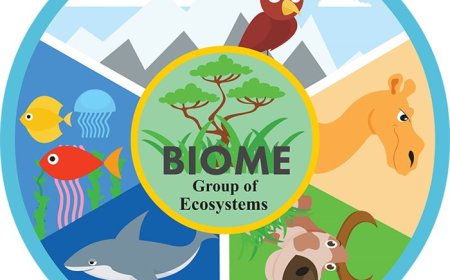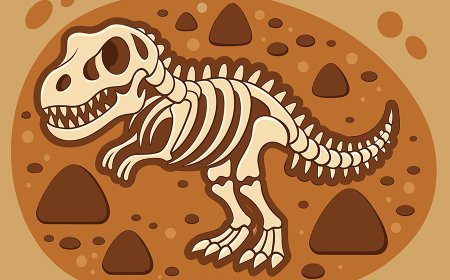The Scientific Method Step by Step for Students
Discover how scientists use the scientific method to ask questions form hypotheses conduct experiments and draw conclusions to understand the world around us
🌟 Introduction
Have you ever tried to figure out why something happens, like why your plant isn't growing or why a ball rolls farther on the sidewalk than on the grass? Scientists use a special process called the scientific method to find answers to questions like these.
The scientific method is a step-by-step way to investigate problems, test ideas, and learn new things. It's not just for scientists-it's for anyone who wants to solve problems and make discoveries, from students in a classroom to engineers designing rockets.
🔍 What is the Scientific Method?
The scientific method is a process used to gather evidence, test ideas, and answer questions about the world. While the exact steps may vary, most scientists follow these general stages:
-
Ask a Question - Identify a problem or something you want to know more about
-
Do Background Research - Learn what's already known about the topic
-
Form a Hypothesis - Make an educated guess that can be tested
-
Test with an Experiment - Conduct a fair test to see if your hypothesis is correct
-
Analyze Data - Look at your results carefully
-
Draw a Conclusion - Decide whether your hypothesis was right or wrong
-
Communicate Results - Share what you learned with others
💡 Why is the Scientific Method Important?
The scientific method helps ensure that discoveries are based on facts and evidence, not just guesses.
-
Provides a clear path to answers - Keeps research organized and logical
-
Encourages careful thinking - Helps avoid mistakes caused by assumptions
-
Allows testing of ideas - Ensures experiments can be repeated by others for accuracy
-
Applies to everyday life - Can help with decision-making and problem-solving at school, work, or home
-
Drives progress - From medical breakthroughs to new technology, the scientific method powers innovation
🧪 Examples of the Scientific Method in Action
-
A student wonders which type of soil helps plants grow fastest and tests different soils
-
A baker experiments with oven temperatures to make the perfect cookie
-
A team of engineers tests a new airplane design in a wind tunnel
-
A marine biologist studies how ocean temperature affects coral growth
✨ Fun Facts
-
Galileo Galilei is often called the "father of the scientific method"
-
The process isn't always perfectly linear-scientists sometimes repeat steps or change their experiments
-
Even professional athletes use the scientific method to improve their performance
📌 Key Takeaways
-
The scientific method is a systematic way to answer questions and solve problems
-
It uses observation, experimentation, and analysis to find reliable answers
-
Anyone can use the scientific method-not just scientists
-
The process is flexible and can be adapted to different situations
🐾 Kid-Friendly Summary
The scientific method is like a detective's plan for solving mysteries. You ask a question, guess the answer, test your guess, and see if you were right. Whether you're a scientist, a student, or just curious about something, this method helps you find answers that make sense.
📚 Vocabulary Words
-
Scientific Method - A process for asking questions, testing ideas, and finding answers
-
Hypothesis - An educated guess that can be tested
-
Experiment - A test used to find out if a hypothesis is correct
-
Variable - Something that can change in an experiment
-
Control - The part of an experiment that does not change, used for comparison
-
Data - Information and measurements collected during an experiment
-
Conclusion - A statement that explains the results of an experiment
-
Observation - Using the senses to gather information
-
Research - Finding out what is already known about a topic
🧠 Interactive Quiz
Choose the best answer for each question.
-
What is the first step of the scientific method?
- A. Form a hypothesis
- B. Ask a question
- C. Analyze data
- D. Draw a conclusion
-
What is a hypothesis?
- A. A guess without evidence
- B. A proven fact
- C. An educated guess that can be tested
- D. A random idea
-
Why is the scientific method important?
- A. It helps find answers based on evidence
- B. It always proves the hypothesis correct
- C. It makes experiments fun
- D. It eliminates the need for research
-
Which of these is NOT a step in the scientific method?
- A. Communicate results
- B. Make observations
- C. Draw a conclusion
- D. Ignore the data
-
What should you do if your hypothesis is wrong?
- A. Change the data
- B. Start over without changes
- C. Learn from it and test a new idea
- D. Stop the experiment
Answer Key
- B
- C
- A
- D
- C



















































